Honda 600 Supersport History - From 500-four to 600RR
Shortly after the dust cleared from the big bang, the Earth cooled and the dinosaurs all died to bring us oil, Honda introduced the world’s first middle weight 4 cylinder motorcycle, the 1971 CB500 Four. This bike was the original go to work on Monday-Friday, cruise the canyons on Saturday, and club race on any Sunday middle weight.
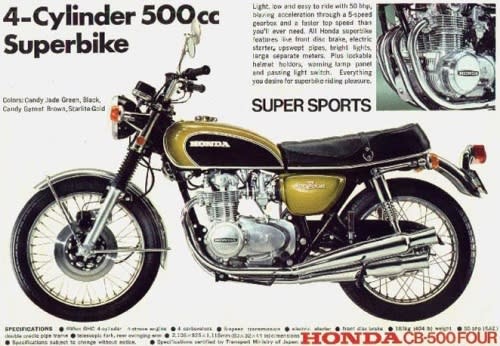
In 1974 it grew to the CB550, then got a bit confused and became the CB650 for 1979. Here in the USA we didn’t get the next evolutionary link (except for the duck-billed platypus of a Cb550 Nighthawk, with shaft drive and cruiser styling), but most markets got a bike called the CBX550, which was starting to evolve the markings of a true modern sport bike, despite its vestigial single inboard disc brake up front.
MUST READ: Kate's Moto Movie Madness part 2: The MOCKS | RideApart

In the winter of 1986, right around Christmas, Honda with its tongue firmly in cheek teased us all on regular network TV with this 80s-tastic advertisement.
The 1987-90 Honda Hurricane CBR600
The Hurricane CBR600 was revolutionary. It was about 30lbs lighter than the 2 year old Ninja 600, and made more power. Honda managed to achieve the same dry weight as the GSX-R 750 without the expense of exotic materials and an aluminum frame. Despite its slick, racy looking, enclosed plastic body work, everyone agreed it had a riding position, and demeanor you could live with day in and day out as a commuter or sport-tourer. Honda even managed to make it get over 50 mpg, even when ridden aggressively. And it looked totally 80s.

Official Honda specs (mostly confirmed by magazine tests at the time) claim it has 85hp at 11,000rpm, and weighs just under 400lbs, dry. 0-60 mph took about 3.5 seconds, 0-100 in less than 8, the quarter mile was over in less than 11 seconds, and top speed was nearly 140mph. Honda won all 9 rounds of the new AMA 600 SuperSport race series in 1987, with this all new bike.
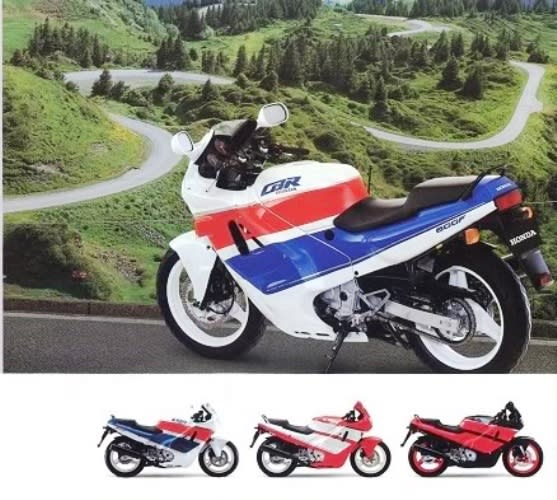
Except for some early fuel pump problems, they were bullet proof too, though the light weight drilled brake rotors are prone to scoring and warpage with heavy use. These bikes have been knows to go over 100,000 miles with just regular maintenance.
1987 and 1988 Hurricane 600s are identical in specs, but in 1989 Honda tweaked the suspension, tuned the motor and added about 10 extra horsepower. Any and all first generation Honda CBR600 Hurricanes are good bikes, so just look for the one that looks like it has been dropped the least amount of times.
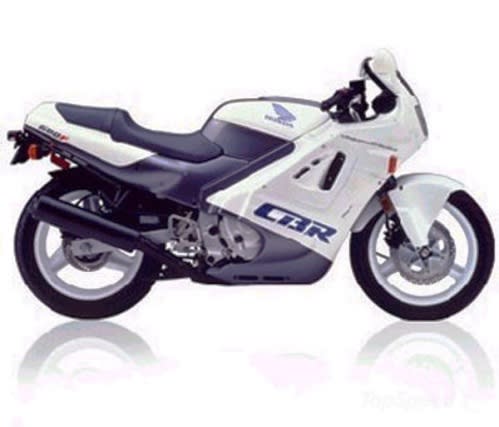
According to the NADA site, even an excellent 1987 Hurricane should only sell for about $2500 with good condition examples selling for less than $1,000, with 1989 and 1990 examples worth just a little more, but still less than $3,000 an excellent one.
The 1991-94 Honda CBR600F2
How good is the CBR600F2? Racers still win club races on them to this day. Their suspension and wheels are still some of the most popular, sought after parts for making other bikes of the era (and older) corner and stop better. If memory serves it was the best-selling sport bike in America for its entire lifecycle.
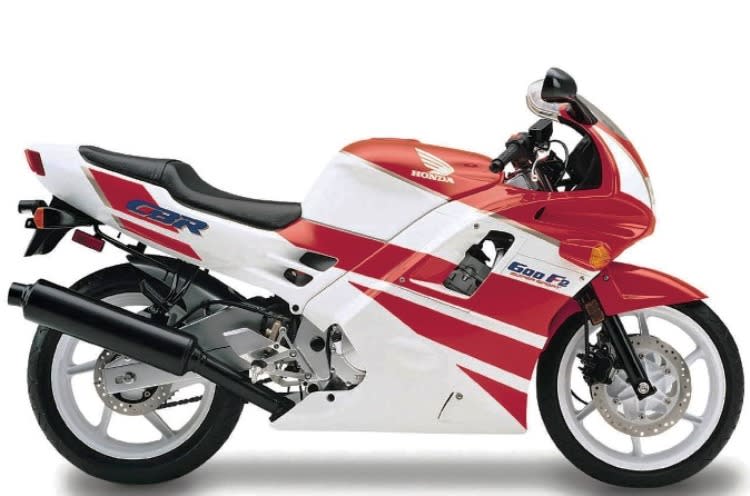
Weight nearly the same, power was up, braking was better, and so was the handling. Honda claimed the new motor was putting out over 100hp, numbers you needed a liter bike to get just 10 years earlier. These bikes can go nearly 150 mph, and will go from 0-100 in 7.5 seconds. But it is the accessible handling from the modern size wheels and radial tires, adjustable pro-link rear shock and 41mm adjustable fork that really makes these such good bikes.
MUST READ: Mistakes and Polishing - Hipster Bike Update 2 | RideApart
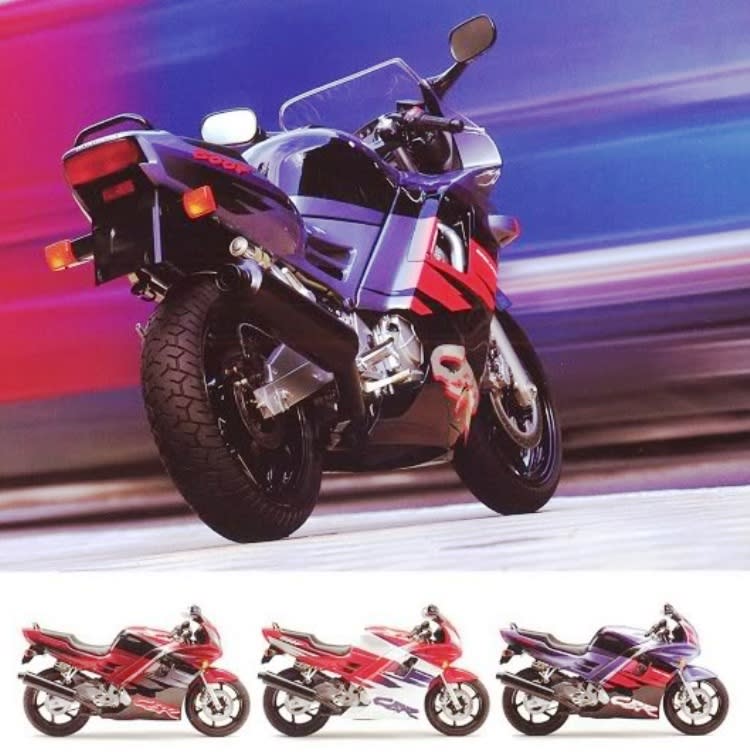
Honda added all that performance without sacrificing the all-day comfort and commuting ability of this do-anything all-arounder. But the added power and handling allowed Honda to once again dominate the 600 SuperSport series with the new bike.
CLICK LINK BELOW TO CONTINUE READING
Some of these bikes have been known to have cam chain issues, but unless you find one that has never been ridden hard, ever, this problem would have already shown itself and been fixed. Voltage regulator/rectifiers can also go bad, but that is a quick and easy, plug and play fix. Just try to find one that wasn’t crashed and tweaked as a race bike then put back on the road with shiny new plastic. The last year F2 (1994) does have the best forks and rear shock though.
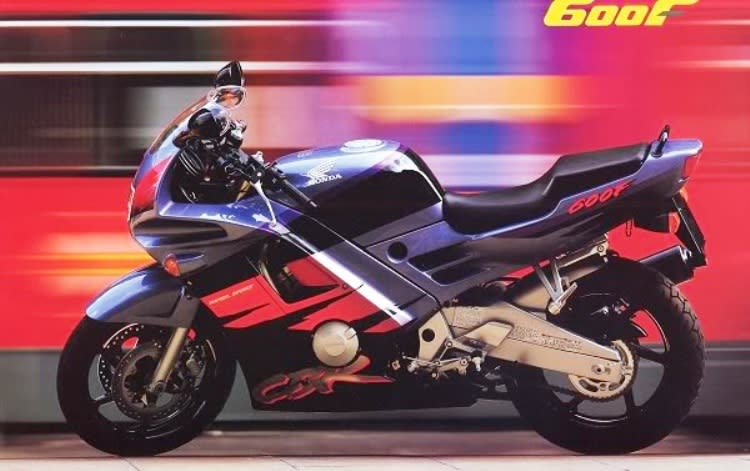

 Yahoo Autos
Yahoo Autos 
